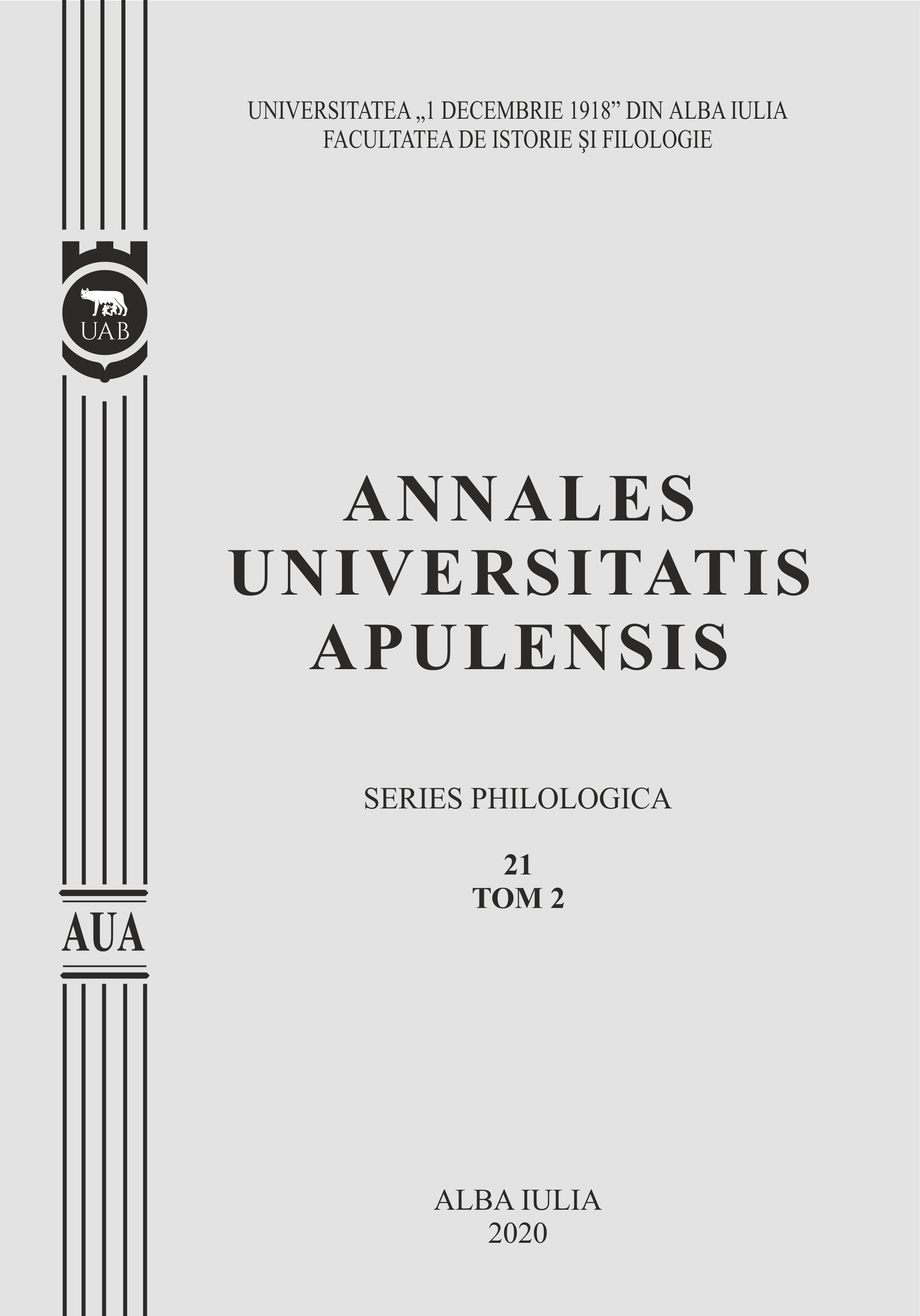BISERICA ORTODOXĂ ROMÂNĂ ÎN SPAȚIUL VIRTUAL ÎN TIMPUL PANDEMIEI COVID-19
Romanian Orthodox Church in the Virtual Space during The Covid-19 Pandemic
Author(s): Silvan Samuel CovaciSubject(s): Communication studies, Theology and Religion, ICT Information and Communications Technologies
Published by: Universitatea »1 Decembrie 1918« Alba Iulia
Keywords: virtual space; religious organizations; cultural communication; social media; COVID-19;
Summary/Abstract: During the pandemic caused by the COVID-19 virus, religious institutions around the world were forced to use social media to continue missionary and pastoral work. The Romanian Orthodox Church began to be present in the virtual space and to use social networks at institutional level, since October 2015 through the launch of the Basilica Press Agency on social networks, and from March 2020, with the introduction of restrictive measures caused due to the health situation, the parishes within the Romanian Patriarchate have started to be more active on social networks and to broadcast online services in the virtual space. The statute for the organization and functioning of the Romanian Orthodox Church, mentions rules for the use of the virtual space by the clergy within the Romanian Patriarchate but also recommendations on how these networks should be used. The Holy Synod of the Romanian Orthodox Church recommended that the virtual space become a place where the Orthodox Church is the object of pastoral-missionary and social-cultural activities. Including the Monasteries of Mount Athos, a place considered traditional and conservative, are present in the virtual space, carrying out many activities on social media.The online synaxes organized by the monasteries of the Holy Mount Athos, were broadcast in Greece, Russia, the United States, Great Britain, Cyprus and Romania. Vatoped Monastery organized such synaxes that had as a topic of debate several topics in the fields of theology and psychology. These synaxes had specialist guests but also students or believers. Synaxes began to be transmitted during the pandemic to respond to current issues. These were watched by an average of over 20,000 people, being broadcast on social media channels. We are still living in a period of restrictions caused by the new pandemic and churches and religious institutions are very active on social networks, offering many believers an easy-to-access and easy-to-use way to stay in touch with their parishes and religious communities.
Journal: Annales Universitatis Apulensis. Series Philologica
- Issue Year: 22/2021
- Issue No: 2
- Page Range: 275-285
- Page Count: 11
- Language: Romanian

